Published Mar 25, 2023
6 Iconic Star Trek Episodes by D.C. Fontana
From 'Journey to Babel' to 'Dax,' here are some of the writer's best contributions to the franchise.
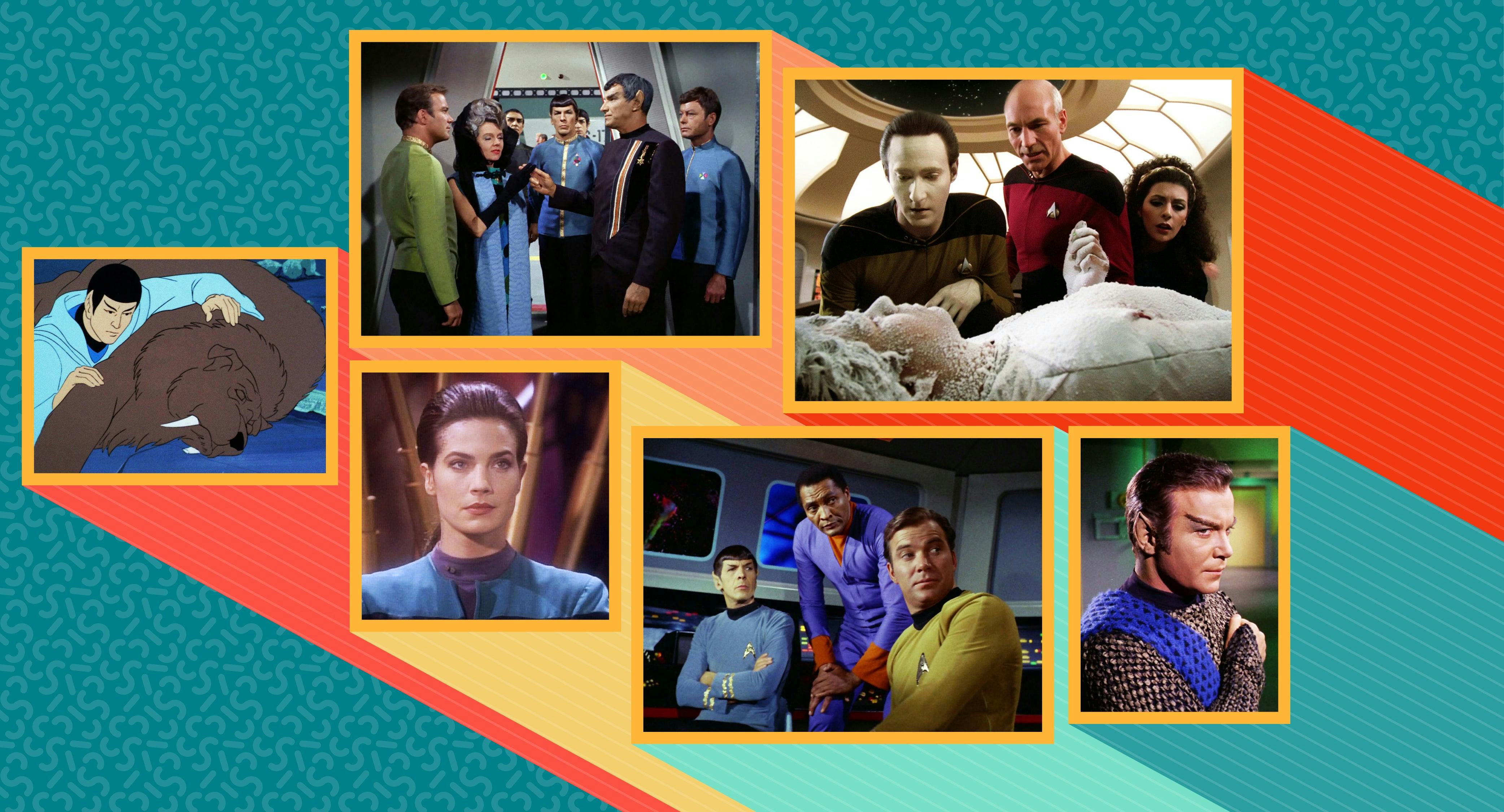
StarTrek.com
The mind behind many great Star Trek episodes, Dorothy Fontana — who wrote under the name D.C. Fontana — delved into Vulcan and Romulan culture, explored AI, and even received a Hugo Award nomination for co-writing the series premiere of Star Trek: The Next Generation, “Encounter at Farpoint” with Gene Roddenberry.
It’s worth noting that Fontana helped blaze new trails for female writers. Star Trek has always had plenty of women shaping the stories told on-screen. Star Trek: The Original Series, produced in the 1960s, had 22.5% of the episodes written by women, a statistic that shines compared to series with very few women behind the scenes. Star Trek has always pushed for representation in front of and behind the camera, and Fontana is owed a debt of gratitude for breaking the glass ceiling for others to follow her.
From Amanda and Sarek to the creation of Q, to her pioneering presence in the world of television, Fontana’s work helped shape Star Trek into what we know and love. Today we’re honoring the woman behind the scripts by looking back at six of her most iconic episodes.
"Journey to Babel"
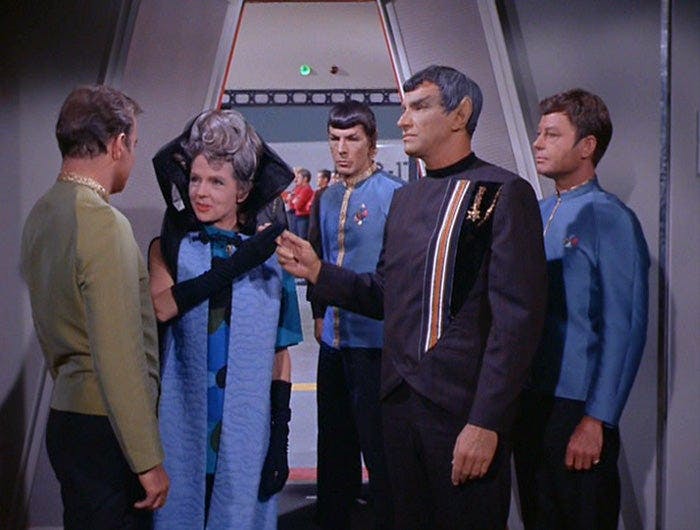
StarTrek.com
Perhaps Fontana’s most iconic episode, “Journey to Babel” focused on Spock’s family life as well as Federation politics. This episode introduces us to Sarek and Amanda, Spock’s parents. Sarek embodies the quintessential logical Vulcan, while Amanda is deeply human. They personify both sides of Spock’s personality, giving depth to the conflict in him that has driven many an episode.
There’s a lot to love about this particular episode, from the Federation intrigue to the Vulcan family dynamics, but at its best, it showcases how skillfully Fontana can navigate drama both epic and personal. We want to know who murdered the ambassador and how the Enterprise will escape danger, but we also are eager to know how Spock will reconcile his human and Vulcan sides.
"The Ultimate Computer"
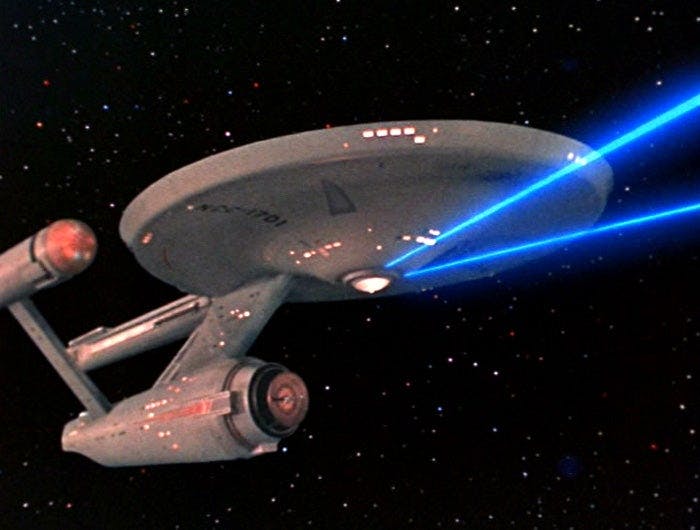
StarTrek.com
Can a computer run a starship in the same way a human captain can? Fontana grappled with high sci-fi concepts in “The Ultimate Computer,” in which a scientist installs a computer on the Enterprise to see if it can run the ship better than its assigned Starfleet captain. Kirk is dismayed and then finds himself in a battle of wits with the computer when it destroys a fellow Federation vessel.
Fontana has proven herself to be adept at human and Vulcan drama, but this episode showcases her skills as a science fiction writer. She deftly tackled the idea of having a computer run a starship and the ways in which that could be potentially dangerous. Even with the high science fiction concepts running through the episode, she sneaks in the humanity that makes her work and Star Trek stand out. Spock does say, after all, that a computer cannot inspire loyalty in the same way a human captain can, and we all know that loyalty (and dilithium crystals) is what truly powers a starship.
"The Enterprise Incident"
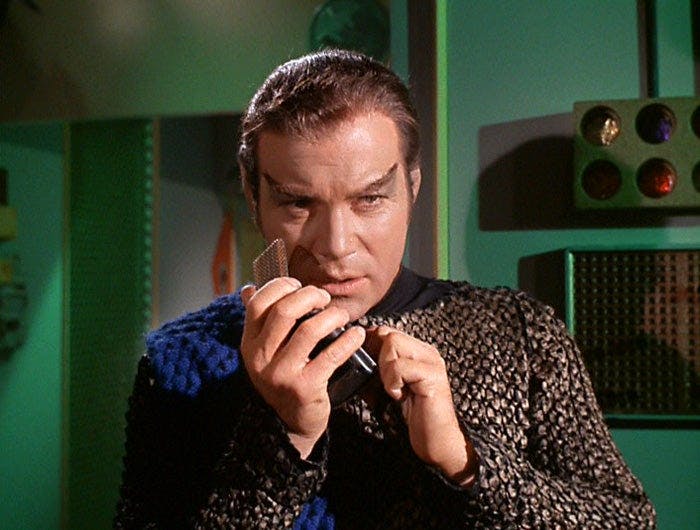
StarTrek.com
Who doesn’t love some good, old-fashioned Romulan intrigue? Fontana explored not only Romulan culture but the ongoing battle between the Federation and the Romulans in “The Enterprise Incident,” with a special twist. The commander who is in charge of the Romulan vessel is a woman and a kickass commander at that! This episode marked the first time a woman was in command of a starship, setting the ground for future female commanders from all parts of the Star Trek universe.
As per usual, Fontana tackles sci-fi grandeur with emotional intimacy. We get Kirk disguising himself as a Romulan to steal information as Spock romances the Romulan commander, giving us plenty of emotional drama amidst the intrigue that keeps us glued to our screens.
"Yesteryear"
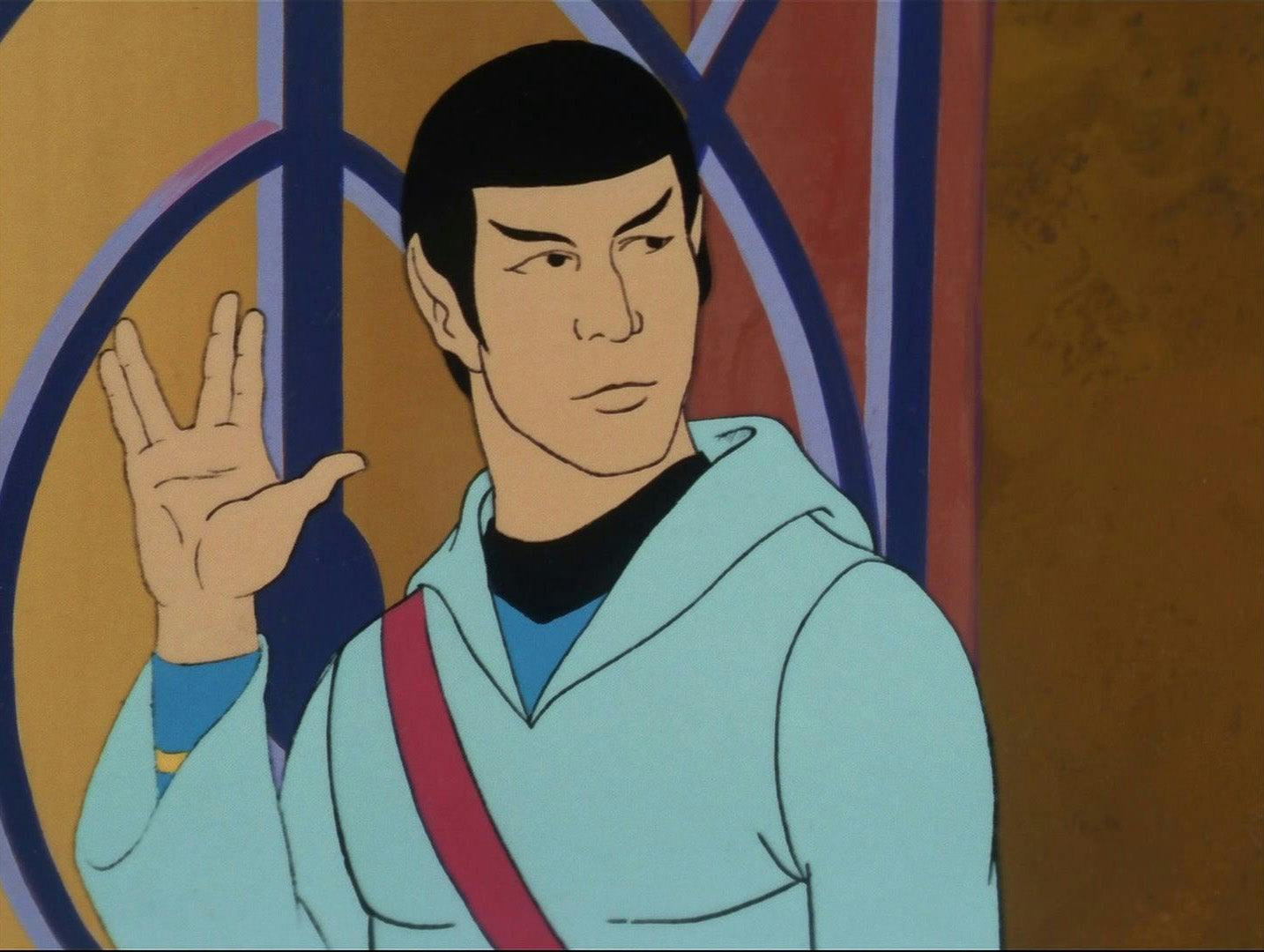
StarTrek.com
From Star Trek: The Animated Series, “Yesteryear” saw Spock travel through time to save his younger self from dying, thereby preventing an alternate timeline where he was never the first officer of the Enterprise due to his untimely death. Fontana took viewers back to the famed planet of the time vortex, where “City On the Edge Of Forever” took place, to allow Spock to revisit his past and ultimately save himself.
We get a look at Spock’s youth in the episode, as well as the steps that he would take to become the Starfleet officer we know from Star Trek: The Original Series. Again, even with timeline-shattering stakes, Fontana manages to highlight the personal drama. We want to know about how Spock will save himself and the path his younger self travels to become the character we’re familiar with. This episode is a fun ride for Spock fans.
"Encounter at Farpoint"
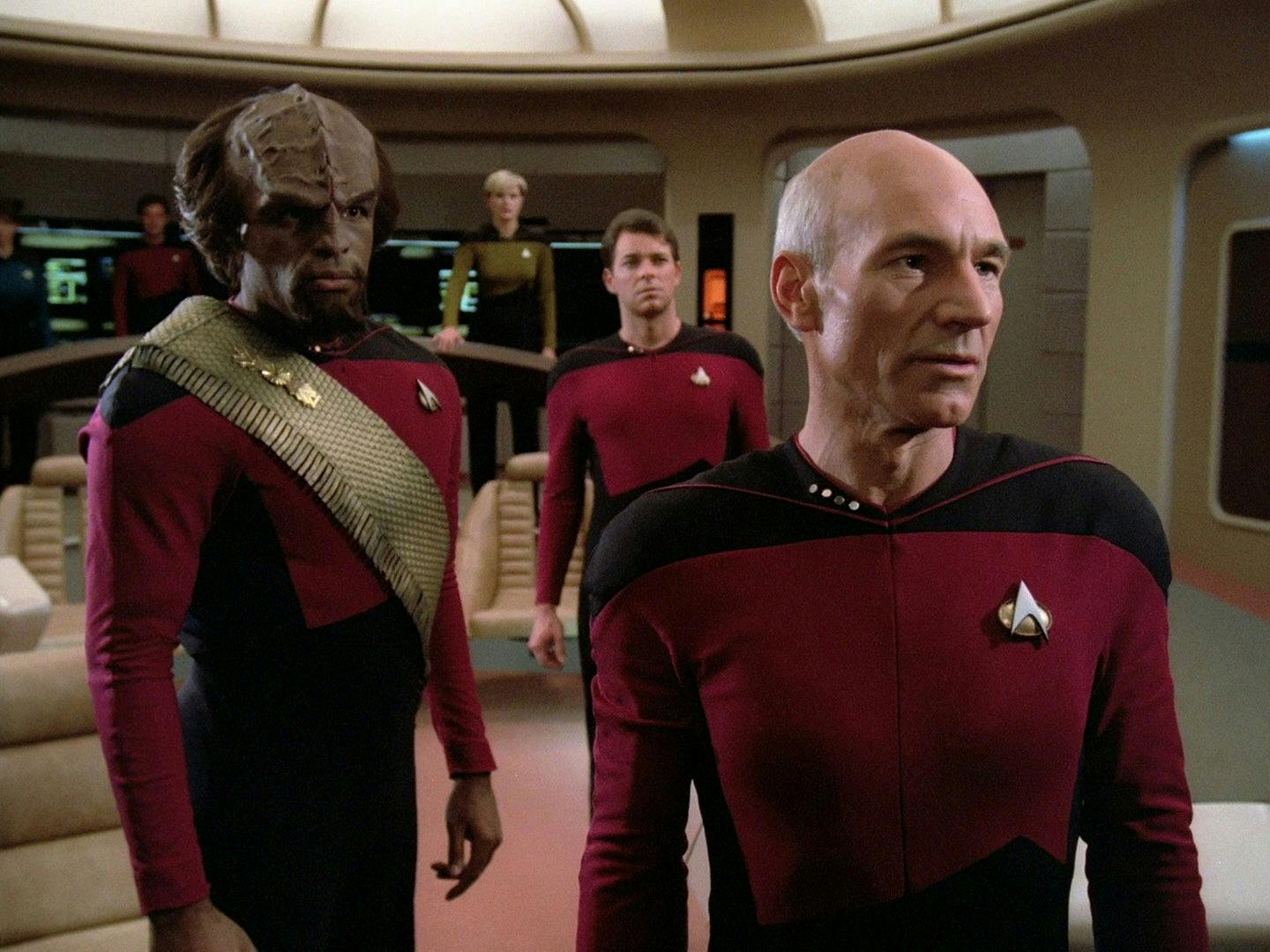
StarTrek.com
In this Hugo-nominated episode, the crew of the Enterprise-D set out on her maiden voyage, led by Captain Jean-Luc Picard. Facing off against Q as humanity is put on trial, Picard’s compassion is what saves the crew and humanity, even as Q tells him he will fail. The episode features away missions and a giant space jellyfish creature, which showcase Fontana’s sci-fi skills. Nothing feels surprising or impossible based on the rules of the universe established, and she and Roddenberry weave their narrative together well.
There’s also a strong emotional component as well. One key scene is an elderly Admiral McCoy being escorted through the halls of the Enterprise-D by Data. “Treat her like a lady, and she’ll always bring you home,” McCoy tells Data in a soft moment, highlighting the importance of the Enterprise and her history. Again, the humanity keeps the sci-fi grounded, showing Fontana’s many talents and highlighting the true nature of Trek.
"Dax"
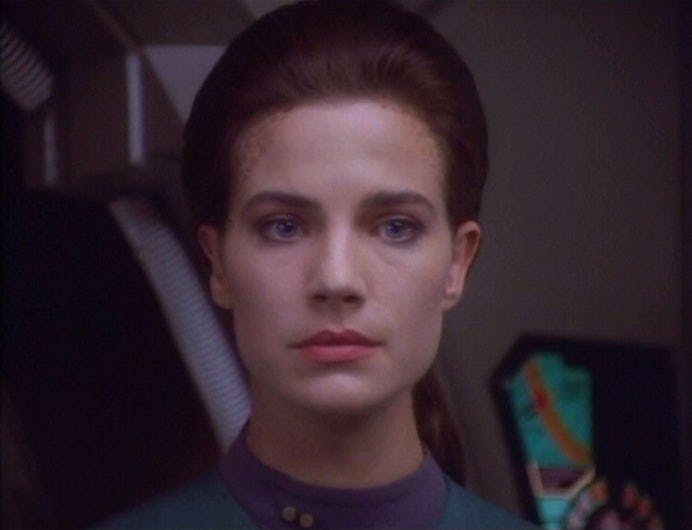
StarTrek.com
In the only Star Trek: Deep Space Nine episode co-written by Fontana, "Dax," she delves into courtroom drama as Jadzia Dax is put on trial for a crime potentially committed by previous host Curzon. The episode explores the morality of the Deep Space Nine characters, showing their complexities and their conflicts. The idea of a symbiont having to face justice for a crime committed while their host remains innocent is fascinating, and very heavy science fiction, and yet Fontana frames it with elegance and accessibility by grounding it in the very human stories of Jadzia and the rest of the crew.
Fontana’s strength has always been grounding her high-concept science fiction stories with deeply human plots. By allowing us the ability to empathize and understand a character, we’ll also believe the stories we’re being told about them facing evil computers or scheming Romulans. The Star Trek universe is a little less bright without her, but we’re sure her memory and impact will truly remind us of the best of Trek storytelling throughout the years to come.
This article was originally published on December 4, 2019.
Stay tuned to StarTrek.com for more details! And be sure to follow @StarTrek on Facebook, Twitter, and Instagram.

